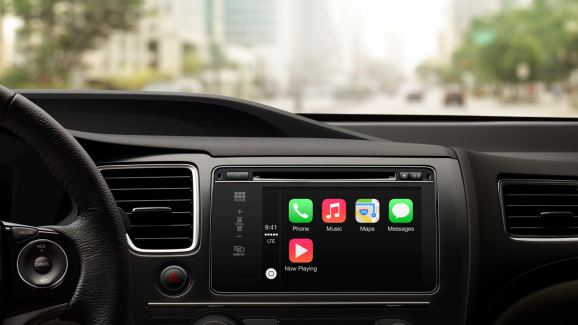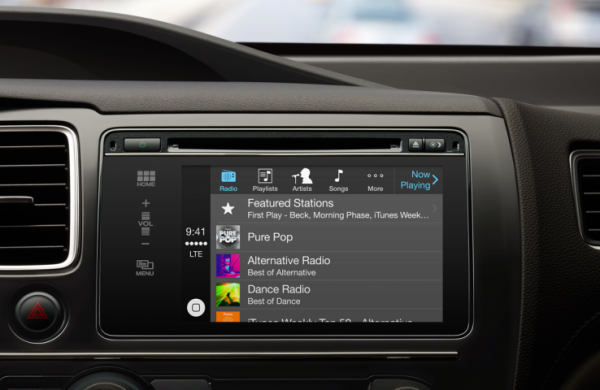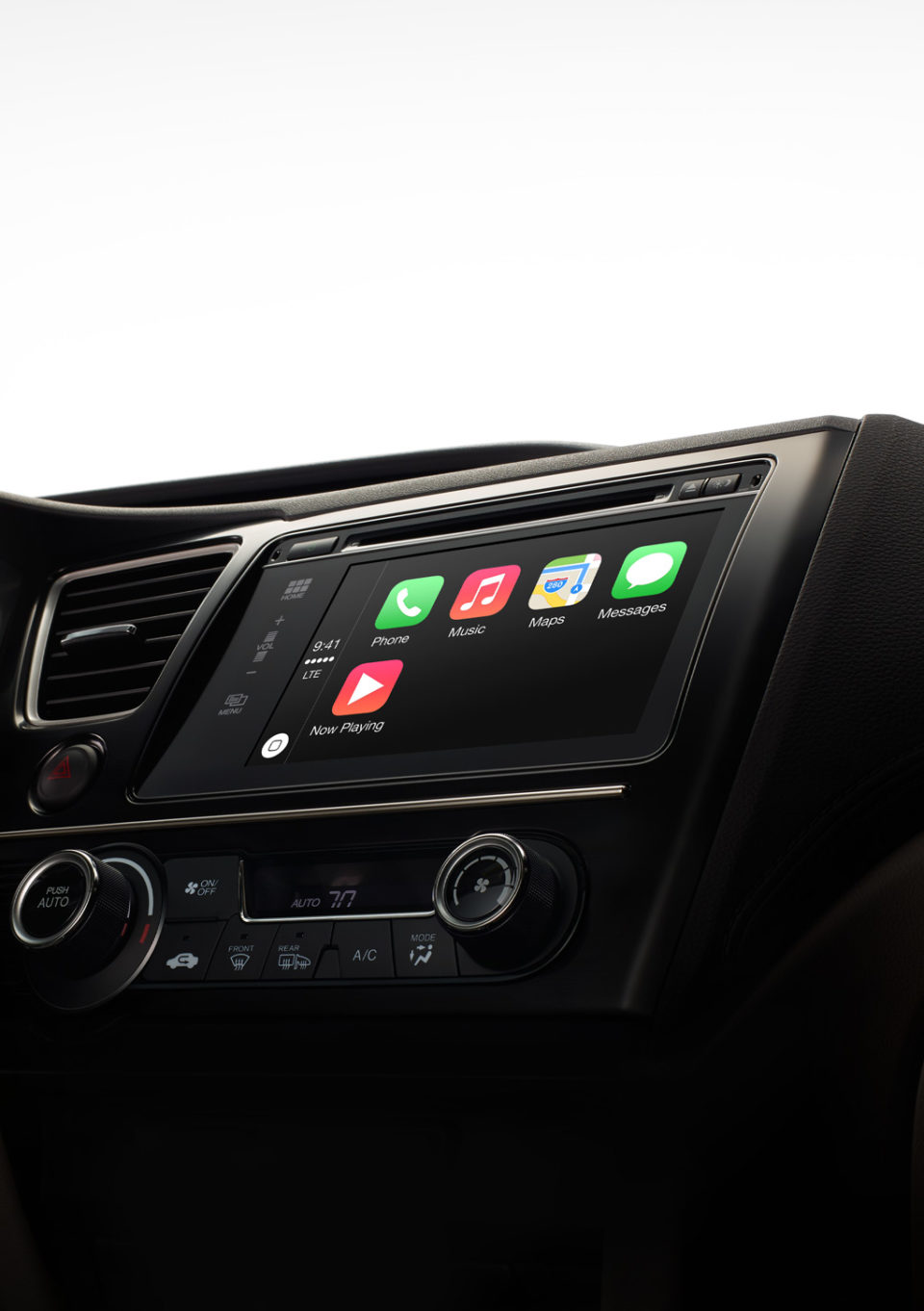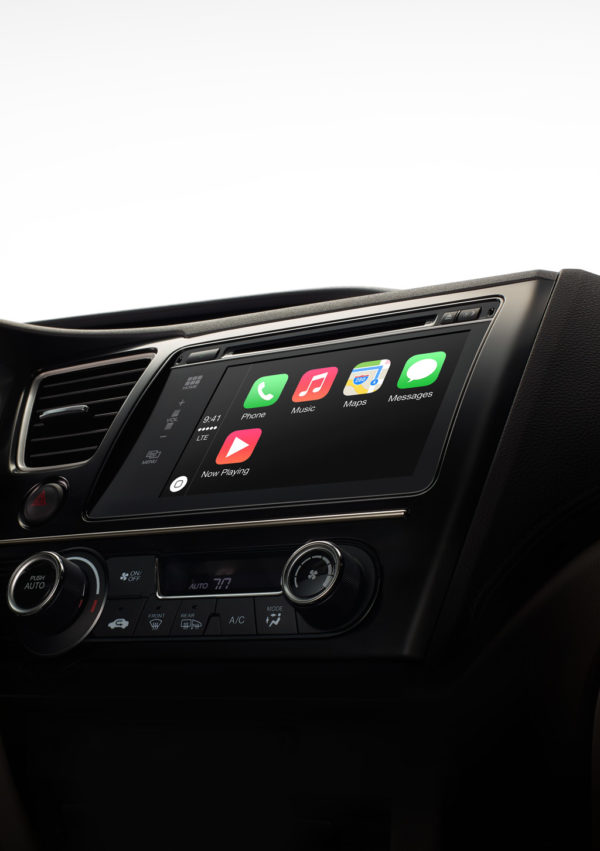
Electronics giant, Apple, has reportedly continued its tradition for innovation with its new CarPlay product. It is the company’s solution to creating in-car smartphone connectivity on dashboards across the world, and it revealed the product for the first time at the 2014 Geneva Motor Show.
Yet search engine monolith, Google, has now very much entered the electronics hardware industry, with its range of tablets, smartphones, smart watches and Google Glass. It has partnered with a number of well-known car manufacturers, such as General Motors, Audi, Hyundai and Honda to bring the world the Open Automotive Alliance (OOA). It is currently in the process of developing a product that will not only rival Apple’s, but that has the support of a decent number of well-known and powerful players within the automotive industry.
Apple, on the hand, has the backing of Volvo, Mercedes and Ferrari and as long as you buy a new car by one of these three manufacturers, you will have the function and feel of an iPhone inside your dashboard. Whether having a relatively small client-base will be detrimental to Apple’s business model is unknown, but of course the company has always thrived on a distinct sense of the exclusiveness of its brand.
Craig Gray, Service Centre Manager at CarShop, explains: “Although this technology is now on the market it will not be readily available for the majority of cars on the road, hopefully over the next year Apple will deploy this to more manufacturers”.

[adsense300gray]So without further ado, how does CarPlay shape up?
At its launch in Geneva, it was made clear that the primary purpose of the CarPlay system is provide maps and other navigation tools, as well to connect to your actual iPhone and project over the car’s interface.
Despite the promise of iPhone-like features and feel, much of this will be determined by whichever one of the three models utilise CarPlay. Predictably, the version available in the Ferrari FF is the flashiest of the three, with an interface that utilises touchscreen and/or dial control in its shooting brake.
To be honest, it’s difficult to see the benefit of this kind of system in its guise(s), but surely as the technology progresses, so will the range of its potential applications. Besides, as with all new technology, it is only available to a select few.

